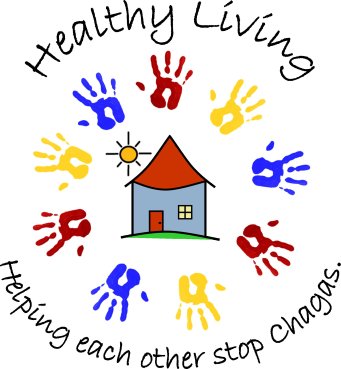One of the focuses of the Healthy Living project is the economic development component and thus, we have been particularly concentrated on this aspect over the last few days. Our most recent activity is going on the bird watching hike in Bella Maria to get more insights and ideas on the feasibility of ecotourism.
We were accompanied with Don Wilmar, an NGO staff in Cariamanga who works in communication and empowerment of the youth in the area. Don Wilmar explained that he saw part of the group’s goal was to have youth from the town and communities interact and learn from each other, and to use this communication to transfer awareness of rights and responsibilities children and students have as citizens in order to cultivate education and citizenship amongst themselves. We then met with Don Dionisio, the guide, who took us on the tour with members of ornithological club at the school of Bella Maria. On the tour, students were enthralled with the video camera and conducted several interviews and statements with the members of the communications group.
Although the tour was designated for bird watching,  there were great views of the mountains and ravines below on the trail as it ascended up a hill, as well as a mostly intact dry tropical forest and its natural vegetation, including el ceibo and other flowering plants. We saw a few parakeets and a bright gold bird that all the students from Bella Maria identified as a margarita. After coming back to Bella Maria, we went to the school in Chaquizca to work out logistics of a project of perimeter fencing as well as meetings for tourism research and a meeting of the water committee that will be held tomorrow. We then went to a house in Guara where Claudia interviewed its owner about practices that he implemented that might prevent chagas vectors from being in his house.
there were great views of the mountains and ravines below on the trail as it ascended up a hill, as well as a mostly intact dry tropical forest and its natural vegetation, including el ceibo and other flowering plants. We saw a few parakeets and a bright gold bird that all the students from Bella Maria identified as a margarita. After coming back to Bella Maria, we went to the school in Chaquizca to work out logistics of a project of perimeter fencing as well as meetings for tourism research and a meeting of the water committee that will be held tomorrow. We then went to a house in Guara where Claudia interviewed its owner about practices that he implemented that might prevent chagas vectors from being in his house.


 The schools’ teachers were very enthusiastic about these activities since, as one of them stated, “they help the kids create and reflect at the same time, instead of reading and memorizing things” and all of them said they would be interested in incorporating this kind of activity into their curriculum. I’d like to pretend to be a very noble person and say I’m working hard to make a difference , but truth to be told I’m just having fun . Gosh I’m so lucky! I get to play like a little kid and call it a work day 😉
The schools’ teachers were very enthusiastic about these activities since, as one of them stated, “they help the kids create and reflect at the same time, instead of reading and memorizing things” and all of them said they would be interested in incorporating this kind of activity into their curriculum. I’d like to pretend to be a very noble person and say I’m working hard to make a difference , but truth to be told I’m just having fun . Gosh I’m so lucky! I get to play like a little kid and call it a work day 😉


